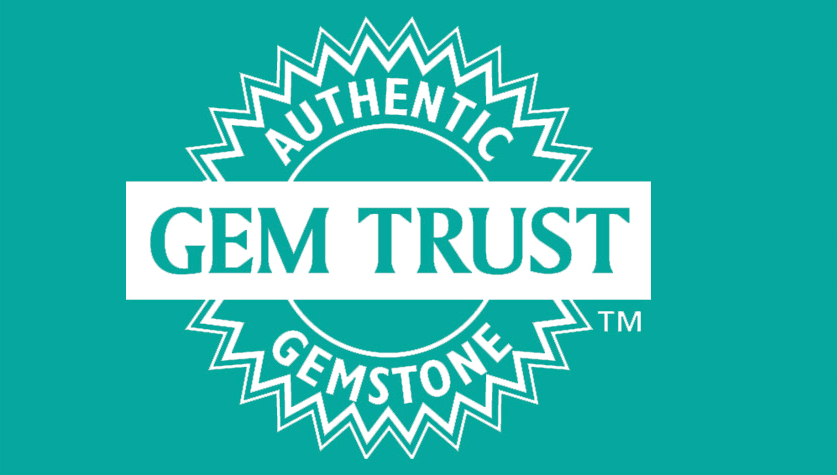Can you tell us a little about the source of this material?
Our Lapis comes from the high altitudes of one of the world’s longest mountain ranges, the Andes. More specifically, right at the border of Chile and Argentina. Our Lapis Lazuli from this Chilean location showcases gorgeous deep blues speckled with bits of white and metallic golds.
To give a little bit of history - one of the most well-known origins to source Lapis from is Afghanistan. For years, we were able to source and produce Lapis from Afghanistan in a way that met our Fair Trade Gems® Principles and Protocols, but in recent years, we made the decision to stop sourcing from Afghanistan all together. It was a challenging decision to no longer source from those we worked with, but there was no way for us to guarantee it would not fund the Taliban, which we could not risk. While we no longer actively source from Afghanistan, the material we had from before has moved into our Heritage Collection and is still available for purchase.
Otherwise, all the Lapis we offer today is sourced from Chile. This took us nearly four years to develop a supply chain that met our standards. You might ask ‘why did it take four years?’ One of the challenges we ran into during this process was finding that much of the Lapis from Chile was actually brought over from Afghanistan and not mined in Chile at all. This sort of finding is not unusual to what we have seen in sourcing other gem varieties either. It’s not uncommon to find supplemental gem materials brought in from other origins to augment local production and claim for it to be from the same location. So, until we could find a source and build a relationship where we could confirm it was actually mined in Chile, we had to keep working on it. That being said, those four years were well worth the wait. We are thrilled to offer responsibly sourced Lapis from Chile in a variety of shapes and sizes.
You can also watch our Fair Trade Friday: Responsible Sourcing of Lapis episode that expands on this as well.
What kinds of sizes, shapes and cutting styles can be found?
Lapis generally forms in very large pieces, often times large enough to cut mosaic pieces, full size tiles, or even tabletop slabs. Because of the large formations, we are able to cut it in just about any gem size or shape imaginable. Like all Lapis, this material is completely opaque, which most commonly lends itself to cutting cabochons. We cut a wide variety of standard ovals and round cabs, mini cabs and even one of our favorite signature styles; Cone Cut Cabs™. Unlike many others, we also will cut faceted styles in Lapis such as our Elongated Baguettes, Hex Tablets, and rose cut kites, which are very unusual to find. In addition to cabochons and faceted gems, you will also find some carved Lapis pieces and a variety of beads within our collection today.
Is this material typically enhanced in any way?
Our Chilean Lapis is not treated in any way – it is 100% natural! Be cautious of others though, because you will find many Lapis stones on the market today are impregnated with oil or resin, very commonly dyed, or in some cases completely manmade imitation material. This is why it’s important to buy from a trusted source who can provide detailed information about how the gem is produced if you’re looking for genuine and untreated Lapis. Our expert cutting team carefully selects rough that results in the best colors and patterns, so we see no reason to treat this beautiful material at all.
Are there any unique characteristics you can share about this material?
People used to think Chilean Lapis was a lesser quality material when compared to the famous Lapis Lazuli from Afghanistan, when in reality it’s all about proper rough selection and cutting methods. Chilean Lapis tends to have more calcite and veining, so it really comes down to understanding the rough and selecting which pieces to cut to result in the most desirable color combination. Chilean Lapis has a lower yield than Afghanistan material, meaning the percentage of cut gem material you get from the overall piece of rough is lower. Though, with the right trained eye and understanding of the cutting process, the results are equally as beautiful and rival that of the famous alternative – and have a much better story.















